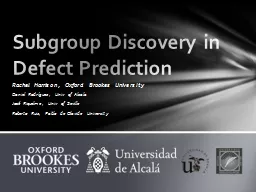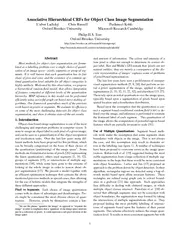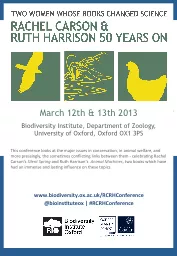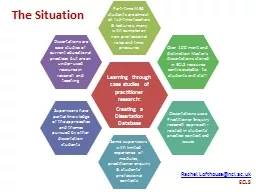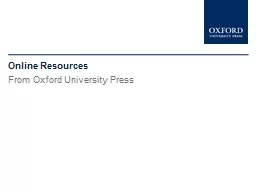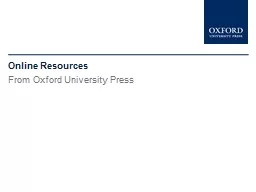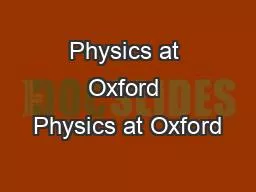PPT-Rachel Harrison, Oxford Brookes University
Author : min-jolicoeur | Published Date : 2017-01-14
Daniel Rodríguez Univ of Alcala José Riquelme Univ of Seville Roberto Ruiz Pablo de Olavide University Subgroup Discovery in Defect Prediction Supervised
Presentation Embed Code
Download Presentation
Download Presentation The PPT/PDF document "Rachel Harrison, Oxford Brookes Universi..." is the property of its rightful owner. Permission is granted to download and print the materials on this website for personal, non-commercial use only, and to display it on your personal computer provided you do not modify the materials and that you retain all copyright notices contained in the materials. By downloading content from our website, you accept the terms of this agreement.
Rachel Harrison, Oxford Brookes University: Transcript
Download Rules Of Document
"Rachel Harrison, Oxford Brookes University"The content belongs to its owner. You may download and print it for personal use, without modification, and keep all copyright notices. By downloading, you agree to these terms.
Related Documents

